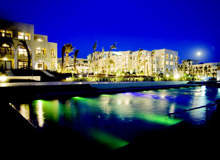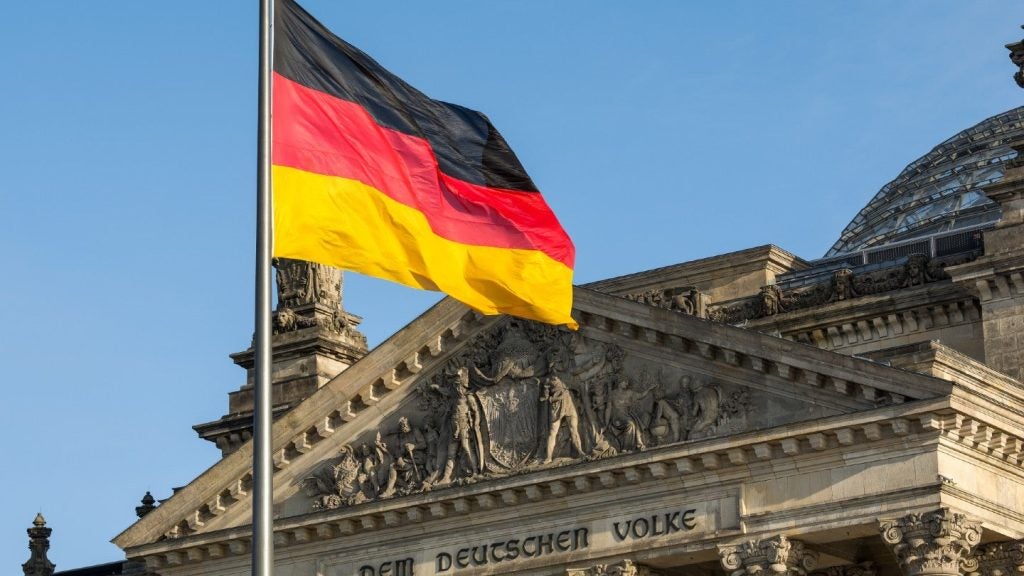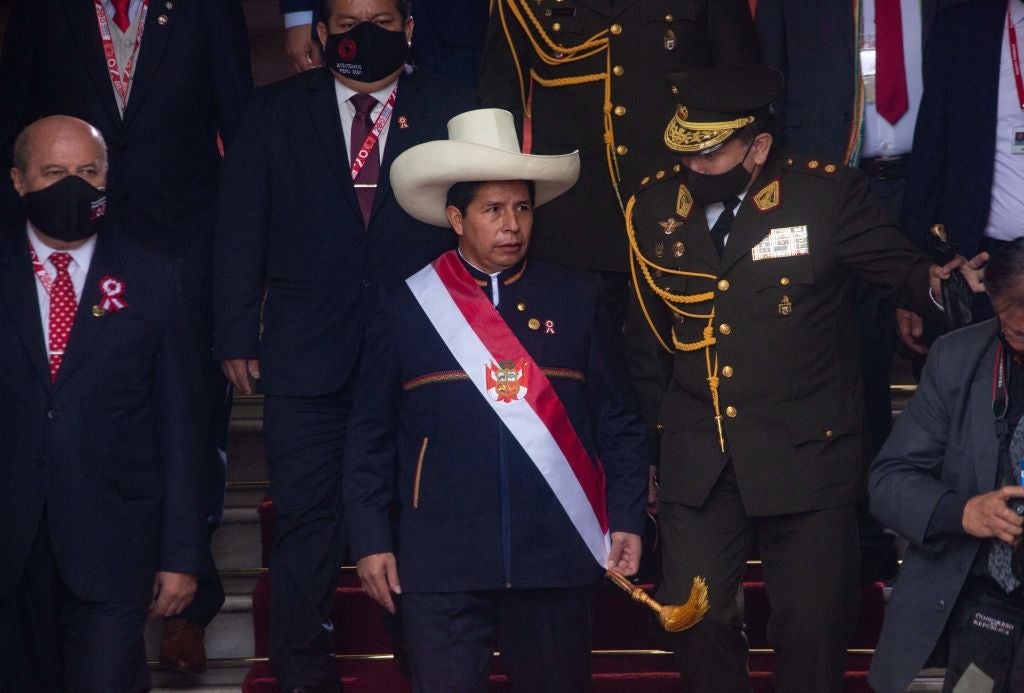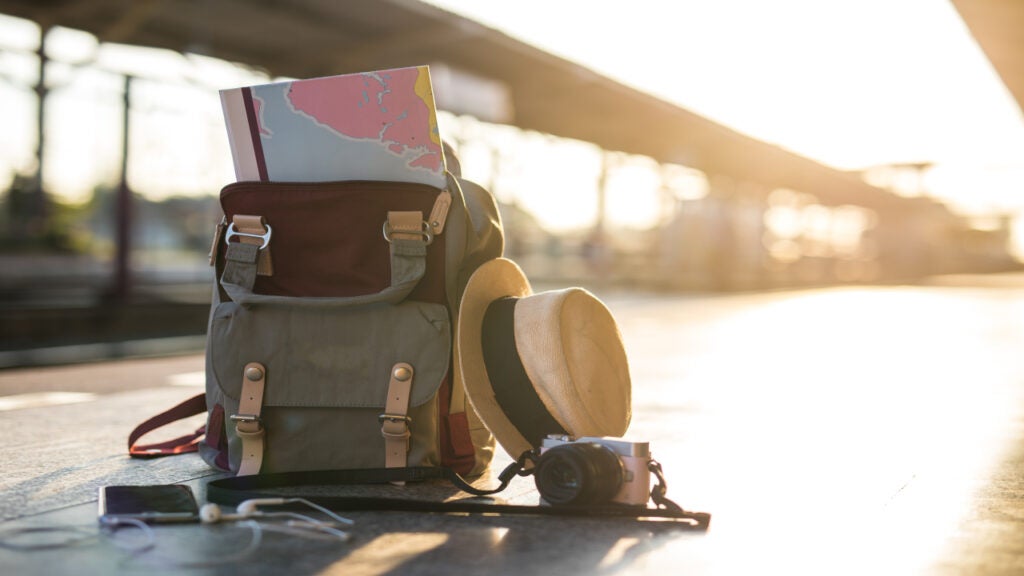
If the incidence of terrorist attacks on hotels in the past five years is any indication of what to expect in the future, then the industry needs to be prepared.
In 2005 three hotels were attacked in Amman, Jordan, killing 60 people. In the same year, hotel bombings in the resort town of Sharm el-Sheikh in Egypt left 88 people dead, while in 2008 the devastating attacks in Islamabad in Pakistan and Mumbai in India killed a total of 217 civilians.
Hotels have traditionally made themselves attractive targets for terrorism thanks to their position in the centre of bustling cities, foreign and often high-profile guest traffic, and multiple access points with frequently lax security. Often iconic buildings, hotels present an opportunity for maximum impact in terms of attracting global attention, building community fear and inflicting casualties.
The realisation that hotels are nearing equivalence to airports in terms of threat levels has made upgrading security a top priority for operators. But simply transferring the zero-tolerance, high-tech security strategy of an airport into the hotel context is not the answer.
Balancing security with the guest experience
See Also:
One hotel group that has managed to stay out of terrorism’s line of fire since its 1971 inception is Shangri-La Hotels and Resorts. The Asian luxury brand has only a few suspicious package sightings and one bomb threat to its name, as well as a potential incident in the Philippines, which director of corporate security Angus Hamilton suspects was avoided by the hotel’s visibly robust security system.
How well do you really know your competitors?
Access the most comprehensive Company Profiles on the market, powered by GlobalData. Save hours of research. Gain competitive edge.

Thank you!
Your download email will arrive shortly
Not ready to buy yet? Download a free sample
We are confident about the unique quality of our Company Profiles. However, we want you to make the most beneficial decision for your business, so we offer a free sample that you can download by submitting the below form
By GlobalDataIn regions considered high risk – including Indonesia, the Philippines, India and Pakistan – Shangri-La has a physical approach to security that is elevated or lowered in accordance with the level of threat.
Where possible, hotels have inner and outer cordons sentinelled by armed guards, bomb vapour detection technology, bomb sniffer dogs, rottweiler guard dogs and vehicle X-ray equipment. At the hotel entrance guests pass through archway metal detectors while their luggage is put through X-ray screening channels and bag checks.
Hamilton credits these measures with deterring Philippine political rebels from taking over the Makati Shangri-La in Manila in 2007.
“We know these mutineers thought about our hotel but we have such high security that they thought better of it,” says Hamilton. While the rebels were put off from seizing the Shangri-La, they followed through with their coup attempt by taking over the neighbouring Peninsula Manila hotel, obliterating the hotel lobby and causing $1.2m-worth of damage.
“That was a near-miss, but so far – touch wood – there has been nothing,” says Hamilton.
There are plans for further security upgrades at Shangri-La’s hotels in high-risk areas, which will include more sophisticated technology that can detect drugs, metal and bomb vapour.
“It’s a matter of when these things come on the market and when they become affordable,” says Hamilton. So how does the Shangri-La prevent these high-tech measures from casting an ominous shadow on the atmosphere of the hotel?
“We try to keep the risk at a fairly acceptable level, because you don’t want to scare guests. But if the local situation demands then you can escalate the threat level and reinforce your security,” he says.
Chris Holt, operations director for security consultancy 6 Alpha Associates in the UK, says that one of the main challenges associated with security technology is being able to incorporate it in a way that is “five-star appropriate”.
“How do you search people and vehicles without the feel of airport-style security?” he asks. There are technologies in development that make search and detection more discreet but Holt suggests the key to making security less invasive for guests is to incorporate it into the building design.
Secure by design
“The greatest step forward in hotel security can be achieved by including security at the design stage in new builds,” he says. “Doing so delivers better security, value for money (because retro fits are more expensive), an improved aesthetic, and the ability to increase or decrease security levels with ease.”
Holt gives the example of including raiseable bollards or search bays that can be employed for other purposes in times of reduced threat.
Hamilton, who is overseeing the security design of some 50 Shangri-La hotels coming on stream in the near future, works closely with architects to find security solutions that can be built into the design, which might include anything from fortified lower ground floors to explosive-resistant glazed walls. But the most effective building design feature is a security perimeter some distance from the hotel.
Such a perimeter was vital in mitigating the impact of the bomb that devastated the Marriott Hotel in Islamabad in September 2008, according to Paul Moxness, vice-president, corporate safety and security at The Rezidor Hotel Group.
In the attack a suicide bomber detonated a dumped truck filled with about 600kg of military explosives outside the Marriott Hotel security gates, creating a crater of more than 18m wide and 6m deep, killing 52 people and injuring a further 271. “If [the Marriott] didn’t have that perimeter security, the number of people killed would have been far greater,” says Moxness.
Counter surveillance
Moxness says that above and beyond security perimeters and detection technologies, the most crucial feature of a hotel’s security strategy is countersurveillance.
“I don’t believe technology is the be all and end all,” he says. “At the Islamabad Marriott Hotel, they had everything in place. But the bomb was enough to overcome the massive amount of security infrastructure. The only way that attack could have been prevented was by countersurveillance,” says Moxness.
The Rezidor Hotel Group is no stranger to terrorism. Its Radisson SAS Hotel (now under a different brand) was among the three hotels attacked in Amman in November 2005.
A suicide bomber entered the ballroom, where about 900 guests were celebrating, and detonated explosives strapped to his body.
“An attack like this is preceded by a period of planning and preparation,” says Moxness. Intercepting this process is a matter of liaising with government agencies and the community, and training staff to identify and report a potential threat.
Rezidor, whose brands have plans to expand in the Middle East, provides support training programs for its staff, as well as documents for managers in high-risk areas to help them conduct terrorism indicator awareness training. Shangri-La uses security consultants in high-risk countries to access intelligence reports, and maintains good contact with the local government, army and police, even recruiting ex-police.
Unfortunately countersurveillance as an anti-terrorism strategy doesn’t get the credit it deserves.
“We live in a world where counterterrorism has to succeed every time, whereas the terrorist only has to get one out of a hundred chances right and it still has an impact. That’s why we see a certain number of incidents per year,” says Moxness.
“But probably a lot of incidents are prevented by being protected through countersurveillance of terrorism agencies.”
Looking back at Mumbai
On 26 November 2008, a series of coordinated terrorist attacks unfolded across multiple locations in Mumbai, India, including two luxury hotels: the Oberoi Trident Hotel and the Taj Mahal Palace and Tower. The ten gunmen, armed with automatic weapons and hand grenades, reportedly entered the hotels through back access points after arriving at the site by boat.
They proceeded to set the hotels aflame and take hostages in a siege that lasted 60 hours. In total, 163 civilians and security personnel died in the attacks, with another 300 injured.
All but one of the gunmen were killed when Indian commandoes stormed the hotels on 28 November.
Little more than three weeks after the incident, the Oberoi and the Taj reopened sections of their hotels with upgraded security measures in place. Guests were greeted with a mix of warm hospitality and strict security checks, which included X-ray screening, metal detectors, sniffer dogs and ID checks.






